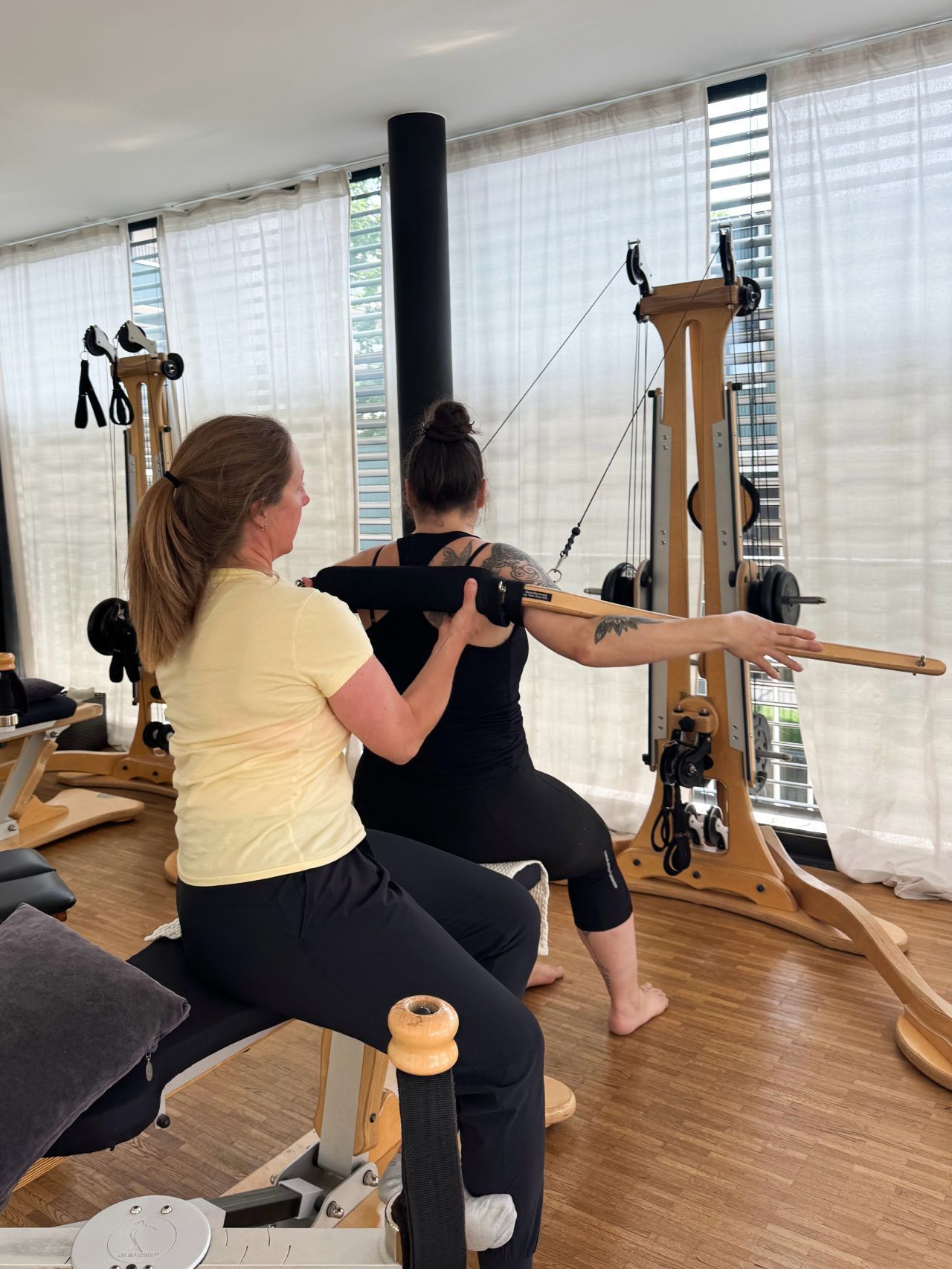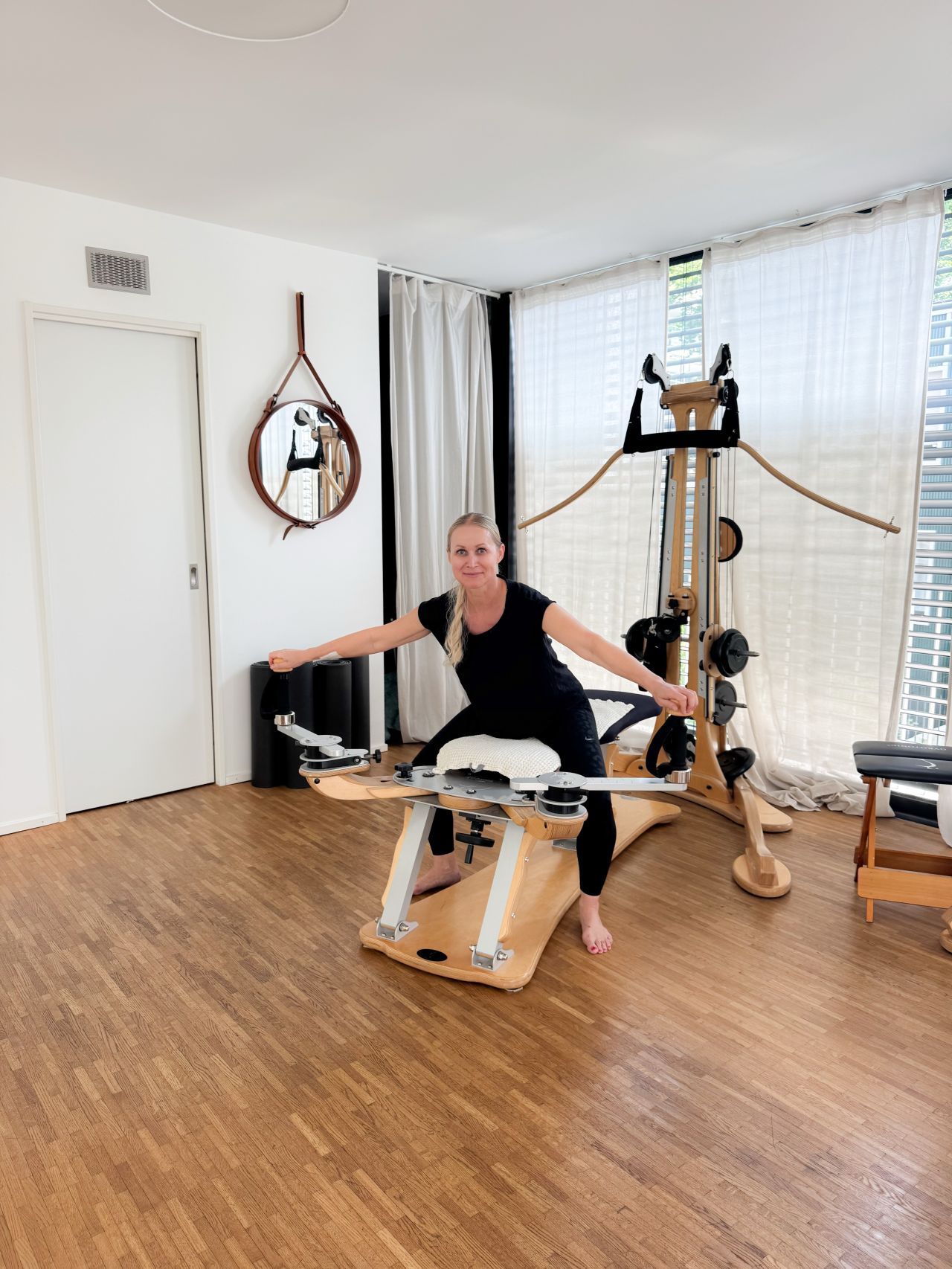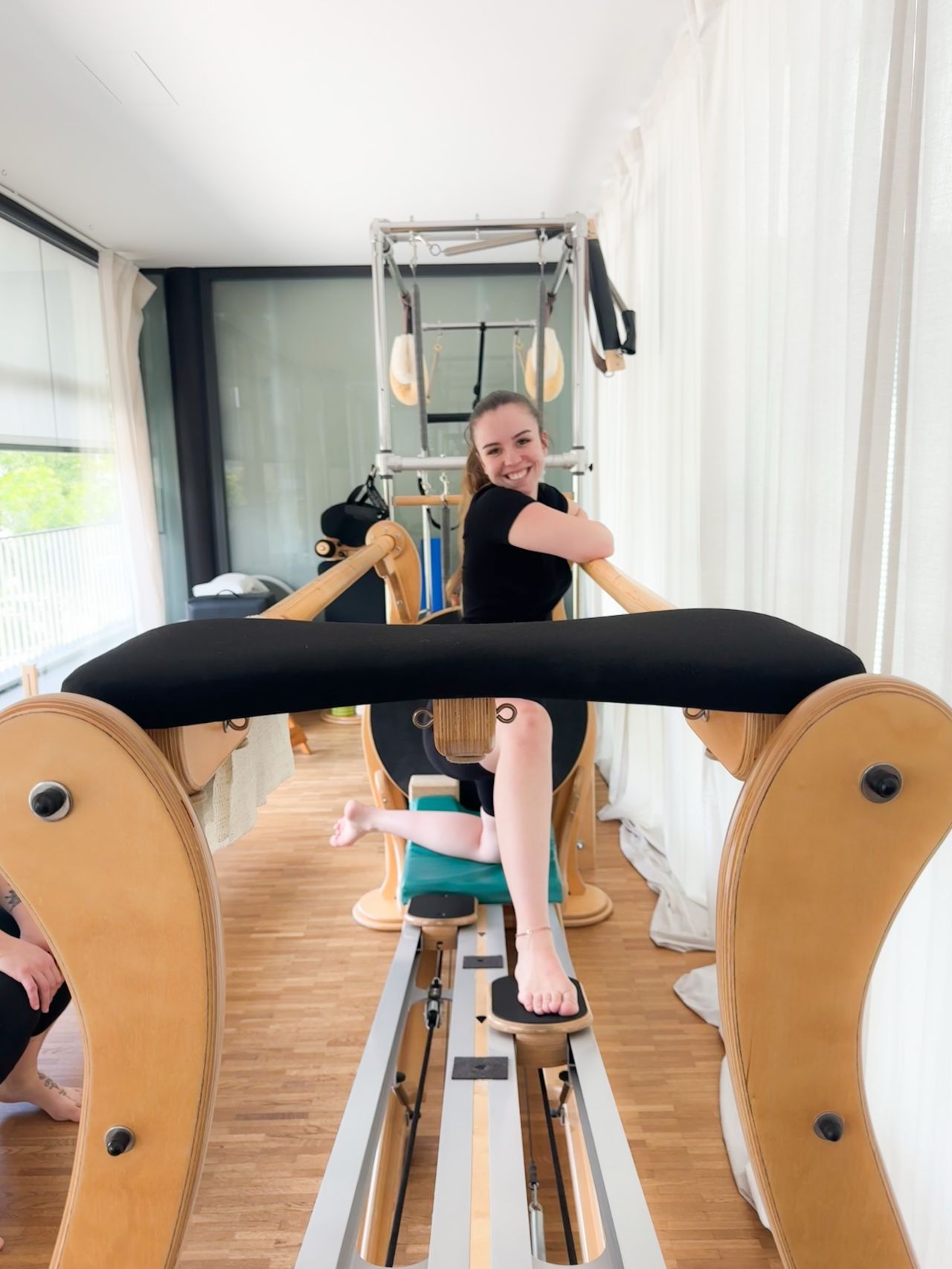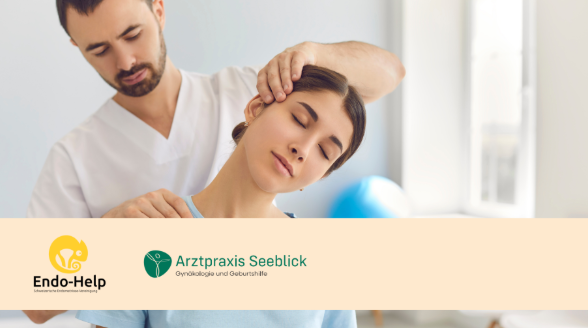Active prevention - strong together!
July 8, 2025
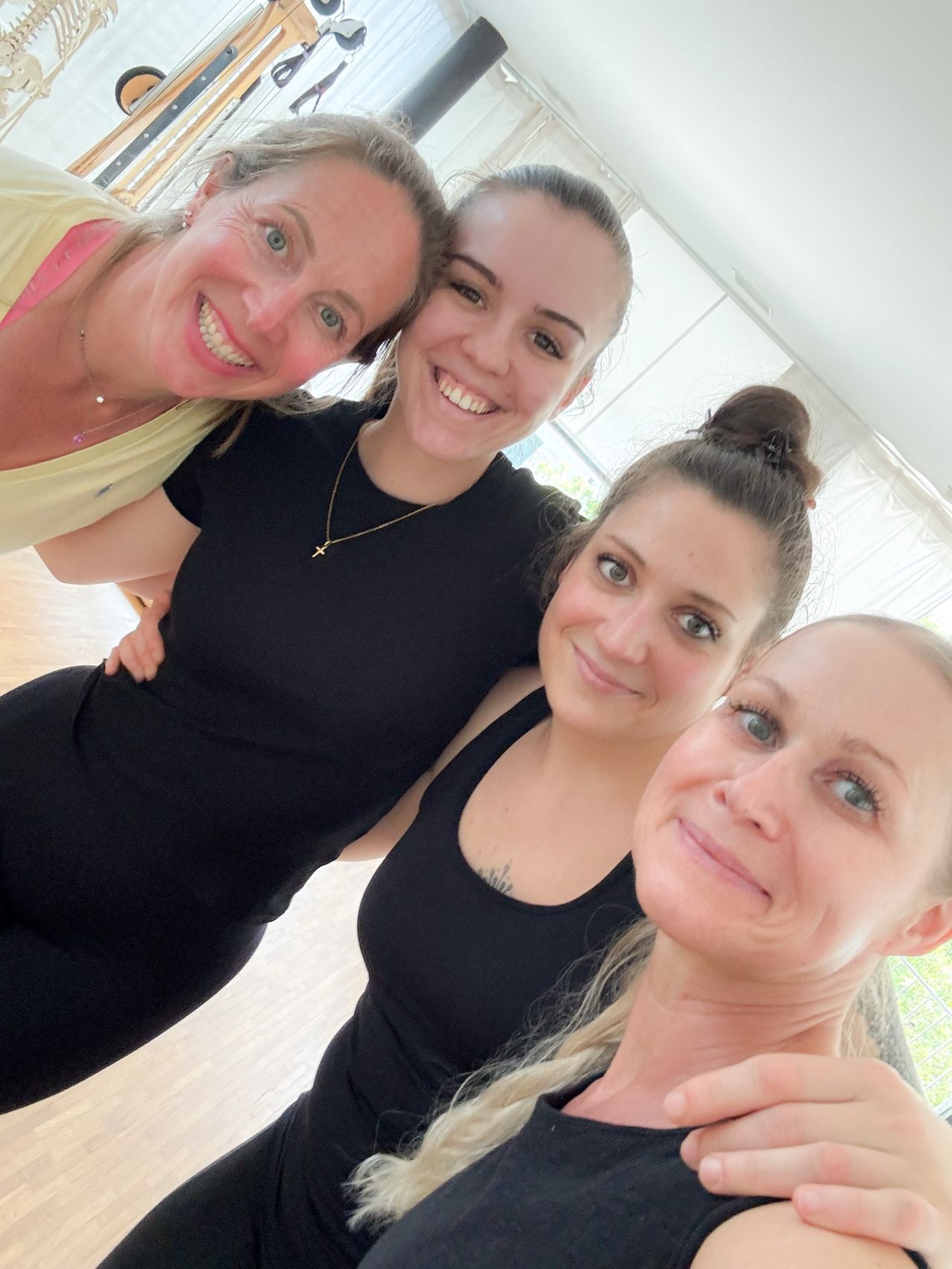
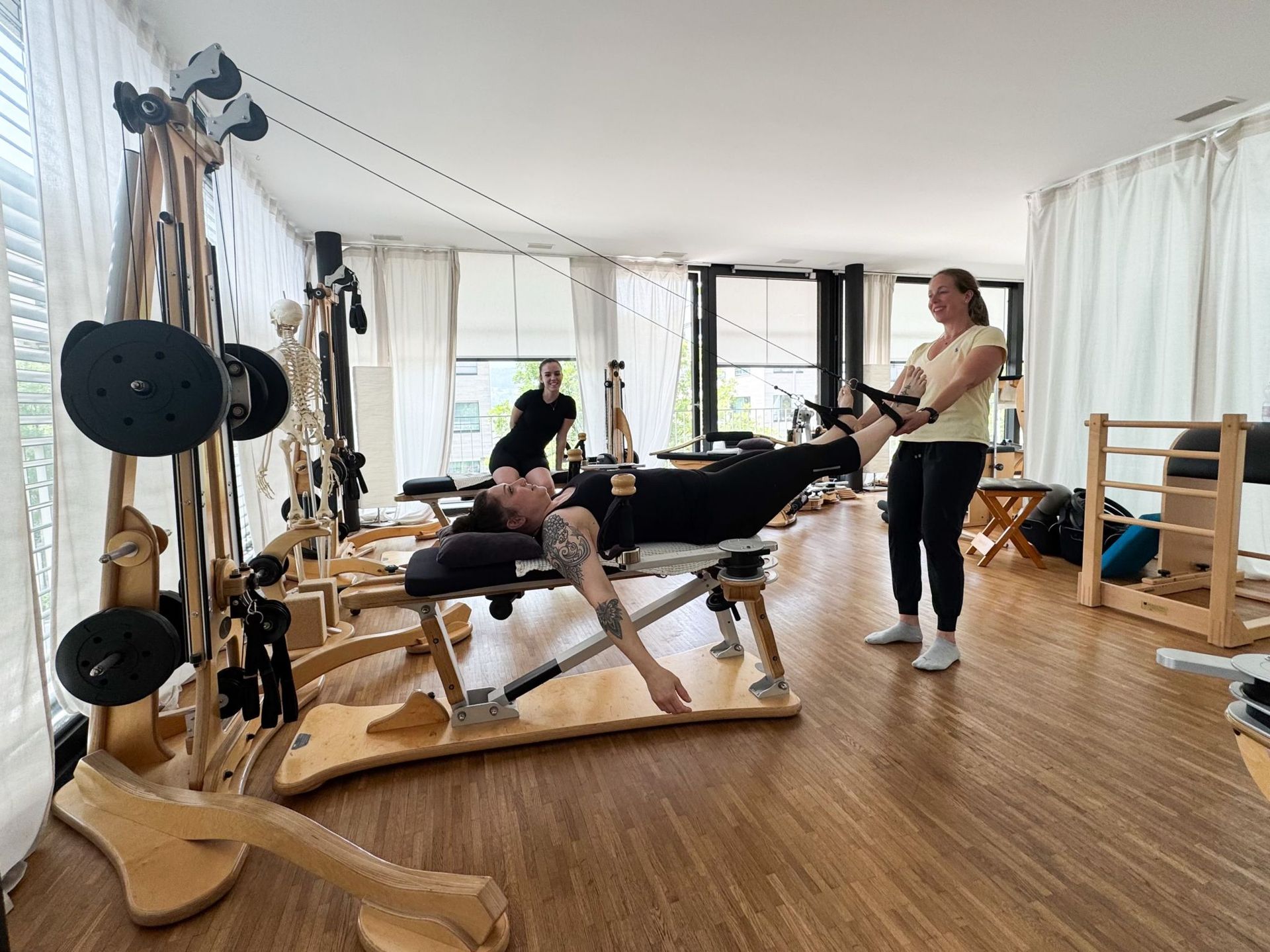
As a team at our gynecology practice, we know:
Physical activity is not only one of the most effective measures for preventing cancer, cardiovascular and metabolic diseases, but also strengthens our well-being in everyday life.
To set a good example, we accepted Jermaine's kind invitation and completed our first Gyrotonic session in the Pilates and Gyrotonic studio during our lunch break.
We had great fun, are already feeling the effects - and would like to thank you very much for the inspiring introduction and the warm welcome. We are delighted to enrich our network at the new location with such neighborly relationships.
